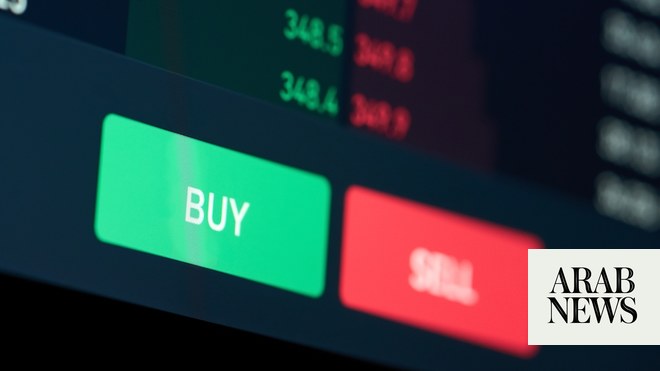
The killing of Iranian Maj. Gen. Qassem Soleimani in Baghdad on Friday brought geopolitical tensions in the Middle East to the fore. Oil prices rallied, with Brent reaching a high last seen in June 2019. The price of Brent pierced the all-important $70 per barrel threshold in Monday’s early morning trading session, although it has come down a little since then. Safe havens did well too, with gold achieving a seven-year high and the yuan-dollar rate appreciating markedly.
The oil price lost its position as the key barometer for geopolitical tensions in the Middle East some time ago. However, it has spiked during geopolitical events, such as the attacks on ships in the Gulf, the drone and rocket attacks on the Saudi oil facilities at Khurais and Abqaiq, and now in the aftermath of the killing of Soleimani, who had directed the Quds Force in wielding Iranian influence in Iraq, Syria and Lebanon.
Traders tend to look at quantifiable tendencies for longer-term price ranges and outlooks. Reaction to event risk tends to be strong, albeit temporary. Simmering tensions in the Middle East have had an effect on oil production — for example the sanctions on Iran or Libya disintegrating into a failed state. The Gulf countries have, by and large, not been affected and, even when they have been, such as during the attacks on Saudi Arabia, production has been swiftly restored.
The geopolitical tensions also come against a backdrop of well-supplied markets, with US shale space continuously surprising on the upside. The International Energy Agency forecasts for 2020 are also on the bearish side. While demand is slated to increase by 1.2 million barrels per day (bpd), non-OPEC supplies are forecast to grow by 2.1 million bpd, resulting in potential stock building of around 700,000 barrels.
The macro supply-demand balance goes a long way toward explaining why the geopolitical premium in the oil price has not been greater. The question now is where does the recent escalation leave the commodity? Iran has vowed retaliation and the Iraqi Parliament has passed a non-binding vote to expel foreign troops. However, Adel Abdul Mahdi is only a caretaker prime minister and the country is awaiting the composition of a new Cabinet, which means that the result of the vote probably has to be taken with a pinch of salt.
The next few weeks will prove whether they remain single event risks that result in temporary spikes in the oil price.
Cornelia Meyer
Some schools of thought say that the killing of Soleimani has pushed the oil price into a new range between $70 and $80 per barrel. That may not necessarily be true. Again, traders will take notice of event risks and forget about geopolitical tensions if they are just simmering below the surface.
Here is what we should look out for.
Iraq is, with a November production of 4.6 million bpd, OPEC’s second-largest producer. We shall now have to wait and see what effect the tensions between Iraq and the US — particularly the potential expulsion of American troops and any potential retaliatory US sanctions — will have on Iraqi production. There is also the question of whether recent events will result in a renewed strengthening of Daesh and how that might affect Iraqi production. This has to be held up against the considerable spare capacity in Saudi Arabia, which can be tapped into if needed.
Iran has threatened retaliation, but it remains to be seen what form this will take. The Strait of Hormuz is clearly a weak spot. According to the US Energy Information Agency, 35 percent of the world’s oil shipments have to pass through the strait. It is unlikely Iran would do anything to inflict permanent damage on the waterway because both China and Japan heavily depend on oil from the Middle East for their energy needs.
Russia and China are on friendly terms with Iran, while Japan has kept its lines of communication open ever since President Donald Trump withdrew from the Iran nuclear deal in May 2018. Iran is left with few allies and will have to take into consideration the wishes of its friends. This does not mean that we can rule out minor attacks on the waterway or on oil installations. Iran’s leadership is also aware that it could not militarily withstand an all-out assault from the US and its allies.
All in all, tensions in the region ratcheted up another notch over the weekend. The next few weeks will prove whether they remain single event risks that result in temporary spikes in the oil price, or whether any Iranian reaction and US counteractions will propel the commodity into a new, higher price range.
• Cornelia Meyer is a business consultant, macroeconomist and energy expert. Twitter: @MeyerResources
Disclaimer: Views expressed by writers in this section are their own and do not necessarily reflect Arab News" point-of-view












